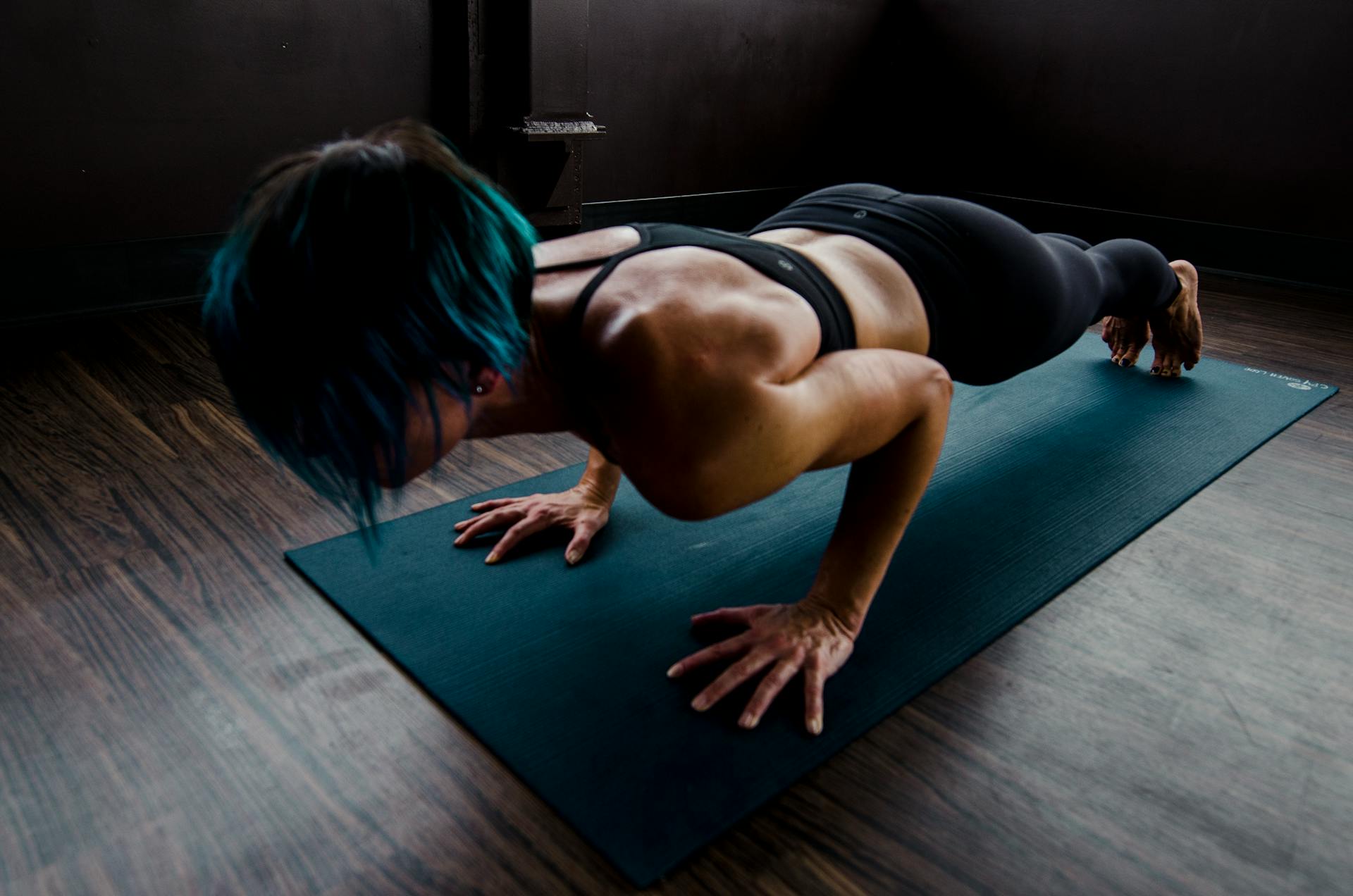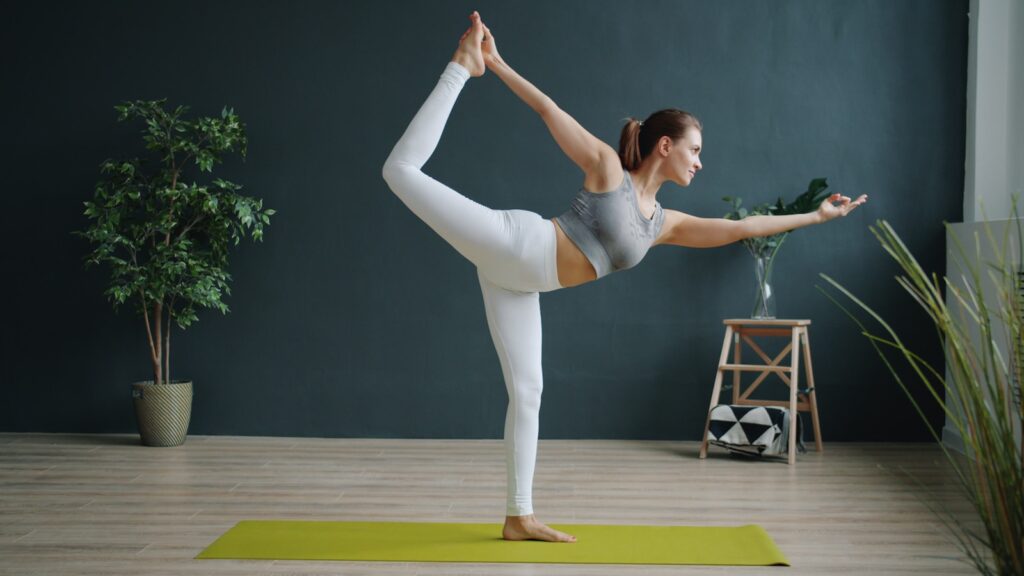Strength training isn’t just for bodybuilders—it’s one of the most effective ways to improve health, increase energy, and maintain independence as you age. The good news? You don’t need a gym membership to start.
With just a few pieces of equipment and some consistency, you can build a solid strength routine right at home.
Why Strength Training Matters
Strength training helps preserve lean muscle mass, which naturally declines with age. It also boosts metabolism, supports bone density, and improves balance, lowering your risk of falls or injuries. Beyond physical benefits, lifting weights can enhance mental health by reducing stress and boosting confidence.
For beginners, focusing on safe, functional movements is the key to success. You don’t need complicated machines—your own bodyweight and simple tools are enough to get started.
Essential Equipment for Home Training
While bodyweight workouts are effective, a few inexpensive items can expand your options and progress:
- Resistance Bands: Lightweight, versatile, and perfect for upper- and lower-body exercises.
- Dumbbells: Adjustable or fixed-weight dumbbells help target all major muscle groups.
- Stability Ball: Great for core exercises and improving balance.
- Yoga Mat: Adds comfort for floor exercises and stretches.
- Sturdy Chair or Step: Useful for step-ups, tricep dips, and seated support.
Start small and add equipment as you go—progress matters more than equipment.
A Step-by-Step Approach
If you’re new to strength training, structure and consistency will help you avoid injury and stay motivated. Follow these steps:
- Warm Up (5 minutes): March in place, do arm circles, or try light stretches to loosen your muscles.
- Choose 5–6 Exercises: Focus on compound movements like squats, push-ups, rows, lunges, and planks that work multiple muscles.
- Start Light: Use bodyweight or light resistance to master form before adding more weight.
- Perform 2–3 Sets: Aim for 8–12 repetitions of each exercise with rest between sets.
- Cool Down (5 minutes): Stretch major muscle groups to reduce soreness.
Sample Weekly Plan
Here’s a simple beginner-friendly plan you can follow:
- Day 1: Full Body — Squats, push-ups, bent-over rows, glute bridges, planks
- Day 2: Rest or Light Activity — Walking, yoga, or stretching
- Day 3: Lower Body Focus — Lunges, step-ups, calf raises, side-lying leg lifts, bridges
- Day 4: Rest or Light Activity
- Day 5: Upper Body Focus — Wall push-ups, shoulder presses with bands/dumbbells, bicep curls, tricep dips, superman hold
- Day 6: Core & Balance — Bird dogs, planks, Russian twists, stability ball rollouts, side planks
- Day 7: Rest or Gentle Movement
Adjust your pace based on how your body feels, and remember that consistency is more important than intensity at the start.
Staying Motivated at Home
Training at home requires discipline, but a few strategies can help:
- Schedule workouts like appointments.
- Track progress in a notebook or app.
- Use music or podcasts for energy.
- Celebrate small wins—like mastering push-ups or lifting heavier weights.
The Takeaway
Starting strength training at home is simpler than you think. With a few key exercises, minimal equipment, and a consistent schedule, you’ll gain strength, confidence, and resilience. Stick with it, and your body will thank you.




